Special Educational Needs and Disabilities (SEND) in the Classroom
Quantity: 1

Duration 8 hours
Last audited 3rd April 2025
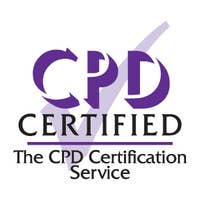

100% online training
Start when you like
Learn on any device (desktop, mobile or tablet)
Instant assessment and result
1 learner per course
Train teams of all sizes
Bulk discounts starting at 10% off 10 courses
Pay by invoice with 30 day payment terms available (5+ courses)
Includes a 10% discount for 10+ courses
The percentage of pupils with Special Educational Needs (SEN) support has been increasing recently, with 13.6% of children in England accessing SEN provision in 2023/24. In light of this growing need, it is vital that education professionals in all education settings understand how to support children with SEND to achieve their best possible outcomes. This is a statutory duty under the 2015 SEND Code of Practice.
This Special Educational Needs and Disabilities (SEND) in the Classroom course will teach you what you need to know to ensure you are fulfilling your legal responsibilities and following the Graduated Approach to SEND (assess, plan, do, review). It also discusses best practice for supporting children in each of the four areas of need, and what Universal Provision (including high-quality teaching) should look like. The course was written in collaboration with SEND expert, Dr Anita Devi, who is a former SENCo, senior leader, school improvement adviser, and local authority SEND advisory teacher.
100% online training
Access anywhere
Same day digital certificate
Printed certificate posted next working day
Full audio voiceover
Assessment retakes at no extra cost
Developed to utilise animation, instructional video, and user activities to maximise engagement and learning
Developed by education professionals and SEND experts
Accredited by CPD
Accompanying course workbook and a range of downloadable, interactive resources
Earn 8 CPD points on completion
Bulk discount for orders of 10+ courses
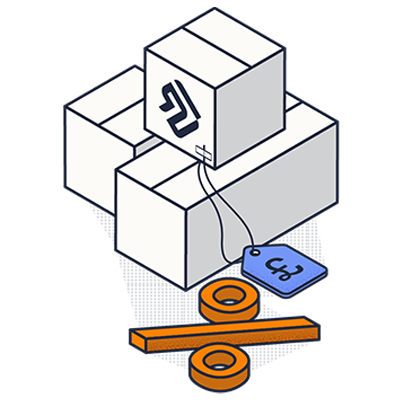
Save on our courses when you buy more training upfront. Lock in a better price now and access the training whenever you need to. You can mix and match any of our courses too and get the discount off your whole order.
10+ courses = 10% off
50+ courses = 20% off
100+ courses = 30% off
500+ courses = 40% off
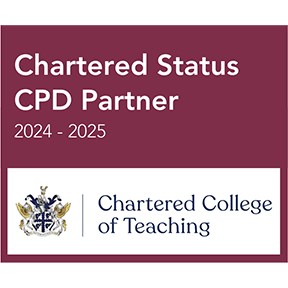
High Speed Training is pleased to be a Chartered Status CPD Partner of the Chartered College of Teaching. This means that our organisation has been recognised for delivering high-quality, evidence-informed CPD that supports teachers to develop their expertise and achieve the high standards set by the Chartered College of Teaching.
"Teachers enrolled on the SEND in the Classroom course with High Speed Training will be really well-equipped to build on their learning through our Chartered Status pathway." - Chartered College of Teaching
By the end of this course, you will:
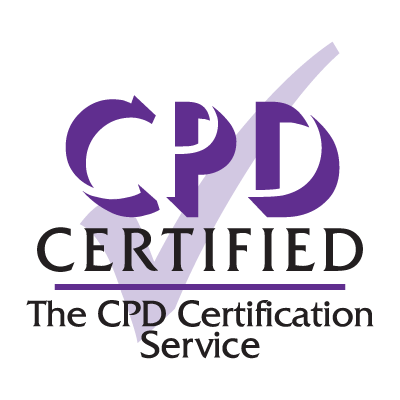
Accredited by CPD
All of our courses are accredited by the CPD Certification Service as conforming to universally accepted Continuing Professional Development (CPD) guidelines.
Our in-house Learning Designers develop all of our courses to give you and your learners the most engaging training possible.
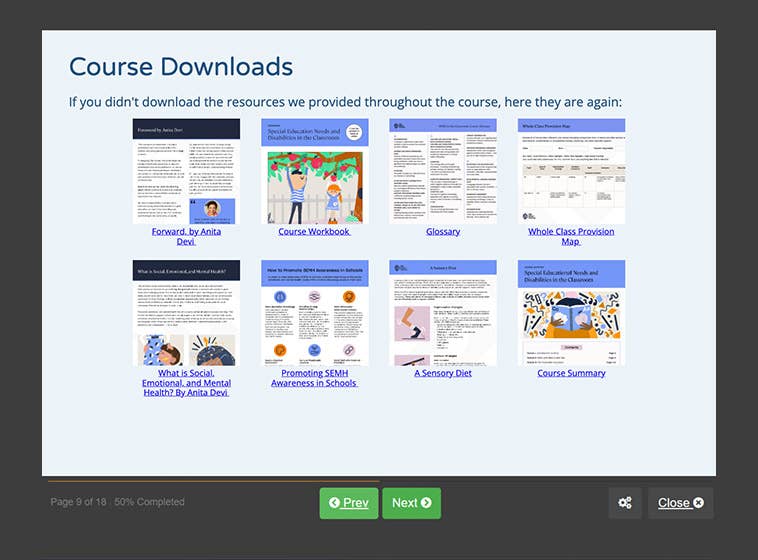
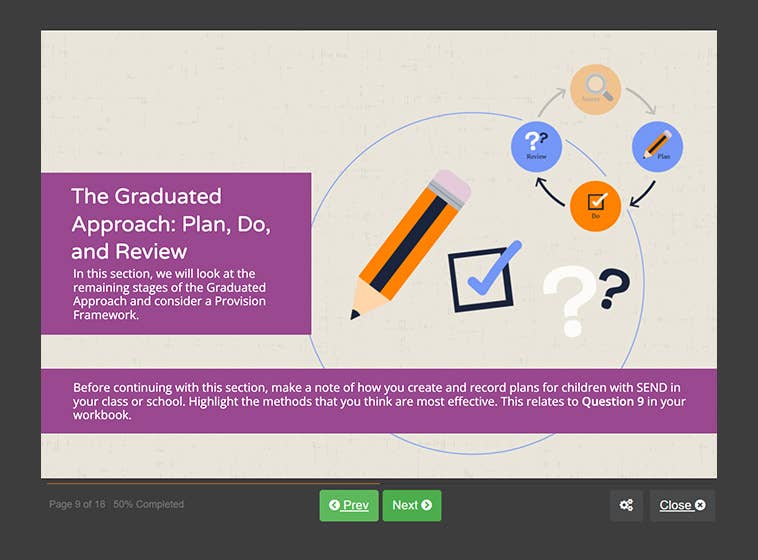
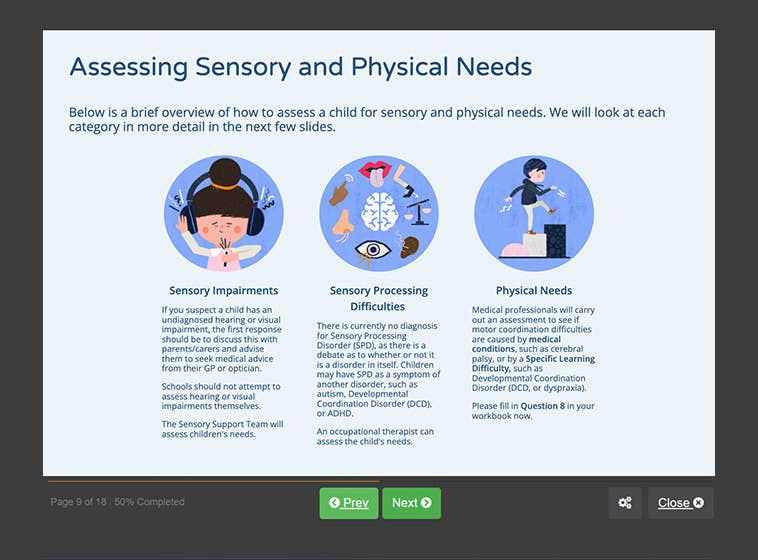
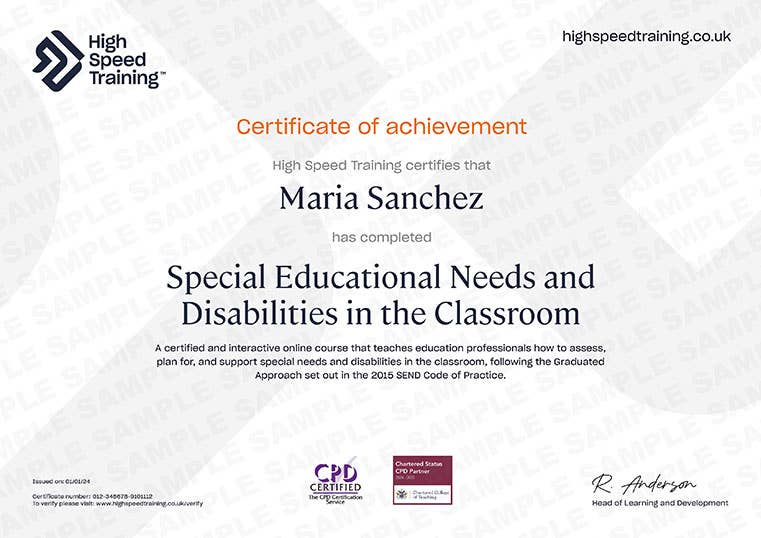




Understanding the legislation, the impact of SEND, inclusion, identifying need, labelling and diagnosis, the Graduated Approach, and the four broad areas of need.
The Local Authority and the Local Offer, specialists, whole setting responsibilities, individual responsibilities (headteachers and the SLT, governors, SENCos, class and subject teachers, and teaching assistants), and Ofsted expectations.
Assess, the Engagement Model, plan (including the Provision Framework), do and review, and Education, Health, and Care Plans and the Graduated Approach.
The learning environment, high-quality teaching, teaching practice (including assistive technology, modelling, and active learning), and assessment (including questioning, low-stakes testing, and feedback).
The impact of SLCN, what are speech, language, and communication needs?, typical development: primary and secondary school, types of SLCN and warning signs, assess, plan, do, review (including ideas for Universal, Targeted, and Specialist Provision), and a case study.
The impact of cognition and learning needs, the prevalence of cognition and learning needs, what are cognition and learning?, the six elements of cognition, types of cognition and learning needs, and the Graduated Approach - assess, plan, do, and review.
What is social, emotional, and mental health?, how can SEMH needs impact a child's learning?, SEMH risk factors, passive and active behaviours, an introduction to emotional, behavioural, and hyperkinetic disorders, assess and plan (including adaptations to Universal Provision), Targeted Provision, accessing specialist support, and talking about mental health.
The prevalence of sensory and physical needs, the impact on learning, the seven sensory systems, hearing impairments, visual impairments, and multi-sensory impairments, sensory processing difficulties, motor coordination difficulties, assessing children's sensory and physical needs, and planning support.
Applying the Graduated Approach, course downloads, Hub articles, and course summary.
The online assessment is taken on completion of the training material. You will be asked 30 multiple choice questions with a pass mark of 80%. The answers are marked automatically so you will instantly know whether you have passed. If you don't pass, don't worry! You can take the test as many times as you need with no extra charge.
This course is suitable for teachers, teaching assistants, SENCos, assistant SENCos, and other education professionals (e.g. mentors, support/pastoral workers, and tutors) working in education settings. It is also suitable for school governors and members of the senior leadership team who would like to gain a greater understanding of SEND in the classroom.

In partnership with
Anita Devi
Education Consultant
Dr Anita Devi is a highly regarded leader of SEND and is a published author, speaker, and researcher. She has a PhD in Education and Social Justice, a Masters degree in Inclusive Education and a degree in Psychology, amongst other practitioner qualifications.
Anita published a SEND Guidebook for those new to teaching amongst other research and publications, as well as winning the Influential Education Leaders Award (2017) and National MAT Award (2023).
Anita has worked internationally with those in early years, primary, secondary, further, and higher education, and is dedicated to making real improvements for those with SEND and has many years of experience supporting school leaders, local authorities, and wider practitioners, as well as parents.
Quantity: 1